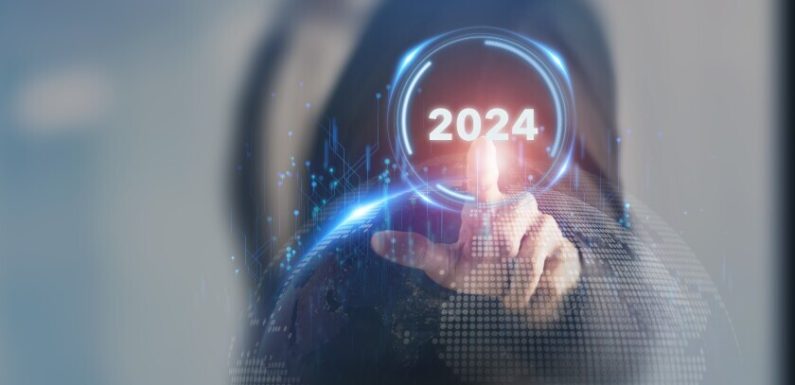
The fast-paced digital transition characterizing the current era and rapidly changing cyber threats make the issue of securing digital assets highly topical. Cyberspace is multilayered and intricately connected, requiring the rapid out-pacing of cybersecurity problems to stop them before other information is compromised. This paper provided an overview of the dominant cybersecurity trends in 2024 and recommended that organizations should take advantage of their services to improve defenses and safeguard digital assets.
1. Rise of AI-Powered Cyberattacks
The increased use of AI in cyberattacks. Prediction: in 2024, we expect a rise in the number of AI-powered cyberattacks that will deploy machine learning algorithms to execute highly intricate and focused strikes against companies’ systems and networks. AI-based attacks can alter and mature continuously, making it harder to combat them with classic security methods. Therefore, firms have no option but to implement AI-based security systems and cooperate with firms that provide a security test service to locate and eliminate AI’s dangers.
2. Zero Trust Architecture
Even though the traditional security that depends on a perimeter is becoming irrelevant due to multiple threats on the internet, the Zero Trust Architecture is constantly emerging as the fundamental principle of cybersecurity. ZTA works on ensuring that no entity, regardless of its geographical location in the organization’s network, is trustful by default . Access controls and verification of identity enforce the necessity of allowing every user or device into line with strict parameters and constant calibration through a security testing company. This protects the organization from an insider attack and the unauthorized access to the system.
3. Quantum-Safe Cryptography
Although the security based on the traditional approach of perimeter is outdated due to numerous threats coming from the internet, Zero Trust Architecture is continually reinventing itself as the foundational philosophy behind cybersecurity. ZTA functions to guarantee that no entity within a firm’s network, irrespective of location receives a default level of trust . Additionally, access commands and the identification of identity ensure the need to grant permission to accept every user or device within the line according to rigorous criteria and steady recalibration through a security testing company . The firm is therefore protected from an insider attack and unauthorized access to the system.
4. Cloud Security and Multi-Cloud Environments
As organizations continue to migrate workloads and applications to the cloud and employ a multi-cloud approach, strong cloud security becomes critical. Cloud security testing organizations specialize in evaluating the security of cloud infrastructures by discovering misconfigurations, security risks, and compliance violations that may put the organization’s security at risk. Companies can identify vulnerabilities and rectify them before they become a target by performing comprehensive security assessments and penetration testing in a multi-cloud setting.
5. DevSecOps Integration
To sum up, in 2024, DevSecOps or the integration of security into the DevOps pipeline continues to evolve as the industry standard. Companies strive to ensure that security is incorporated into each aspect of the software production cycle. Security testing enterprises are essential players in this context, providing firms with automatic security testing tools, assessing code, and cooperating with other developers to find and resolve security mistakes during the development process . With the early discovery of vulnerabilities and proactive protection, companies may reduce development security hazards and still guarantee the quick deployment of secure and sustainable solutions.
In conclusion,
Cybersecurity will continue to be a major concern for organizations in 2024 due to new and complex threat vectors. By keeping up with emerging cybersecurity trends and working with security testing companies to activate preventative measures, organizations can protect their digital property while addressing the dangers of cybersecurity shifts. AI-driven security solutions, the Zero Trust Architecture paradigm, quantum-safe cryptography associations, cloud protection, and security in the DevOps pipeline are some of the critical strategies that serve to create a successful cybersecurity culture to protect vital data and maintain business operations in an evolving digital ecosystem.
Tech World Times (TWT), a global collective focusing on the latest tech news and trends in blockchain, Fintech, Development & Testing, AI and Startups. If you are looking for the guest post then contact at techworldtimes@gmail.com

